Landscape Stories: How did you first come to the arts? Why is art important for you?
Rebecca Norris Webb: As far back as I can remember, I’ve been drawn to certain images—like the flowering plum in our backyard in Rushville, Indiana, my favorite hiding place as a child. A rather shy girl, I blame becoming a poet on reading too much Emily Dickinson at too early an age. Her “certain slant of light” taught me not only how to see in a landscape, but also how to feel its emotional resonance. I think I was 12 years old when I wrote my first poems. I have a vague memory of these early attempts being handwritten and thankfully short. What I recall more clearly was making small homemade books three years later, perhaps in part as a response to having to move with my family from rural Indiana to the prairies and badlands of South Dakota. In this unfamiliar small town on the Great Plains, I’m not exactly sure what compelled me to handwrite my favorite lines of Dickinson’s—and sometimes my own—in a blank spiral-bound sketchbook, and then interweave them with collaged family snapshots and photographs that I’d cut out of magazines. Perhaps at 15, it had something to do with my extreme loneliness—feeling at sea without my dearest childhood friends to keep me afloat. Perhaps it was my way of responding to Dickinson’s dictum, “Tell all the Truth but tell it slant.” By placing these images and words alongside each other, I was creating a kind of slantwise conversation between the two. Perhaps that’s partly what I’ve been trying to do with my books ever since.
And your question about the importance of art is certainly a poignant one to consider in the midst of this pandemic. Photographing during this unsettling time, I sometimes find that if I look deeply enough, I can be buoyed by the seeing.
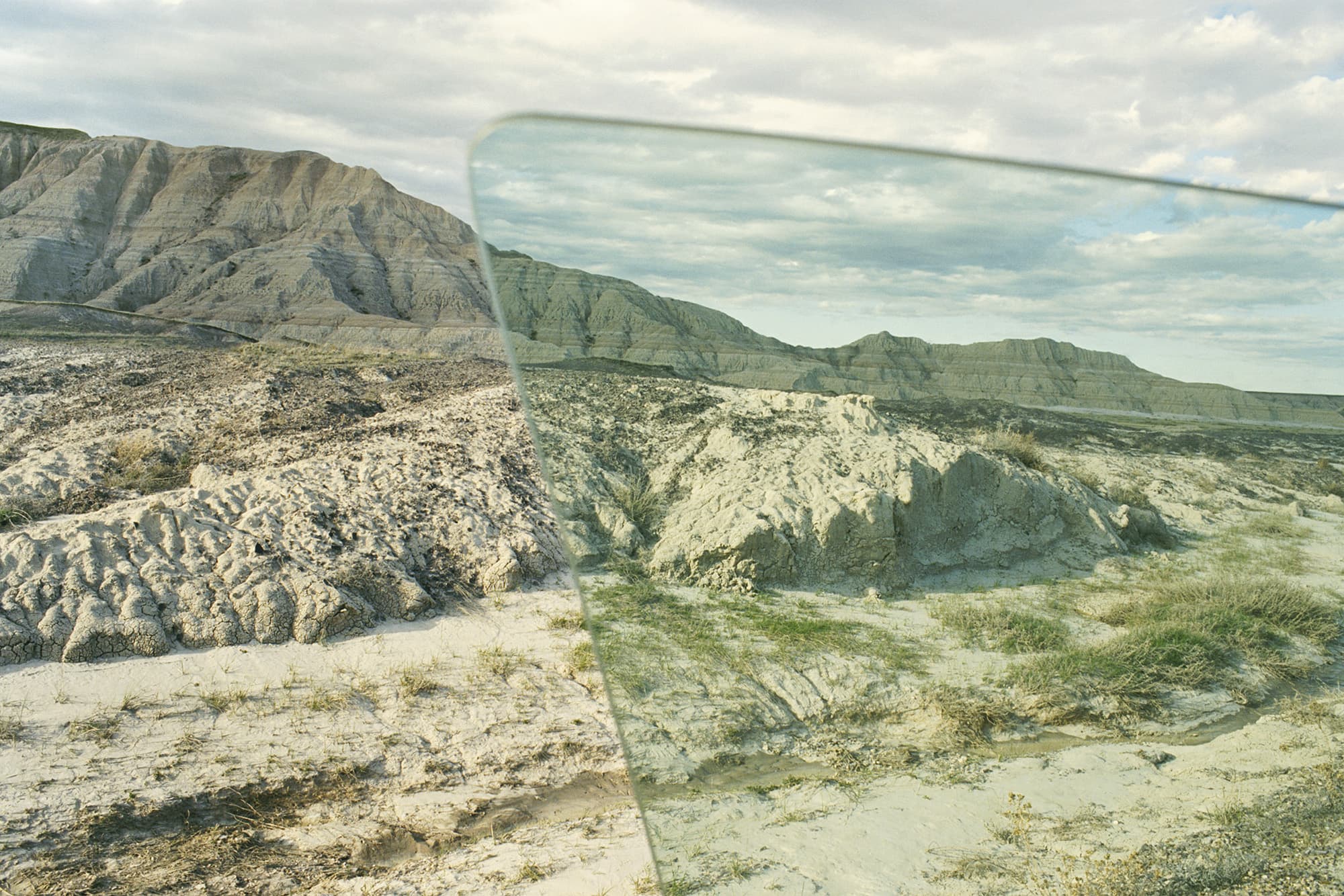
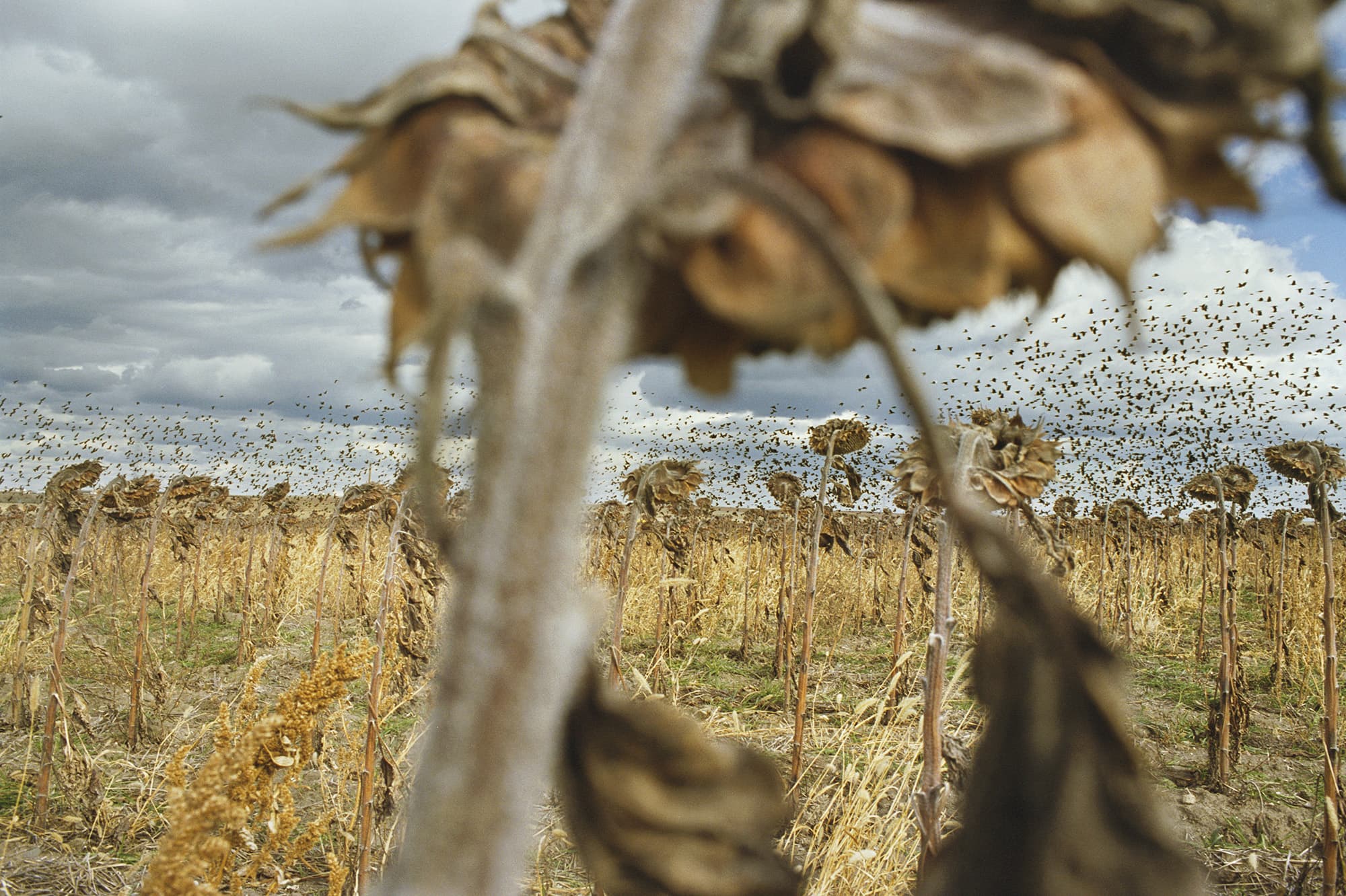
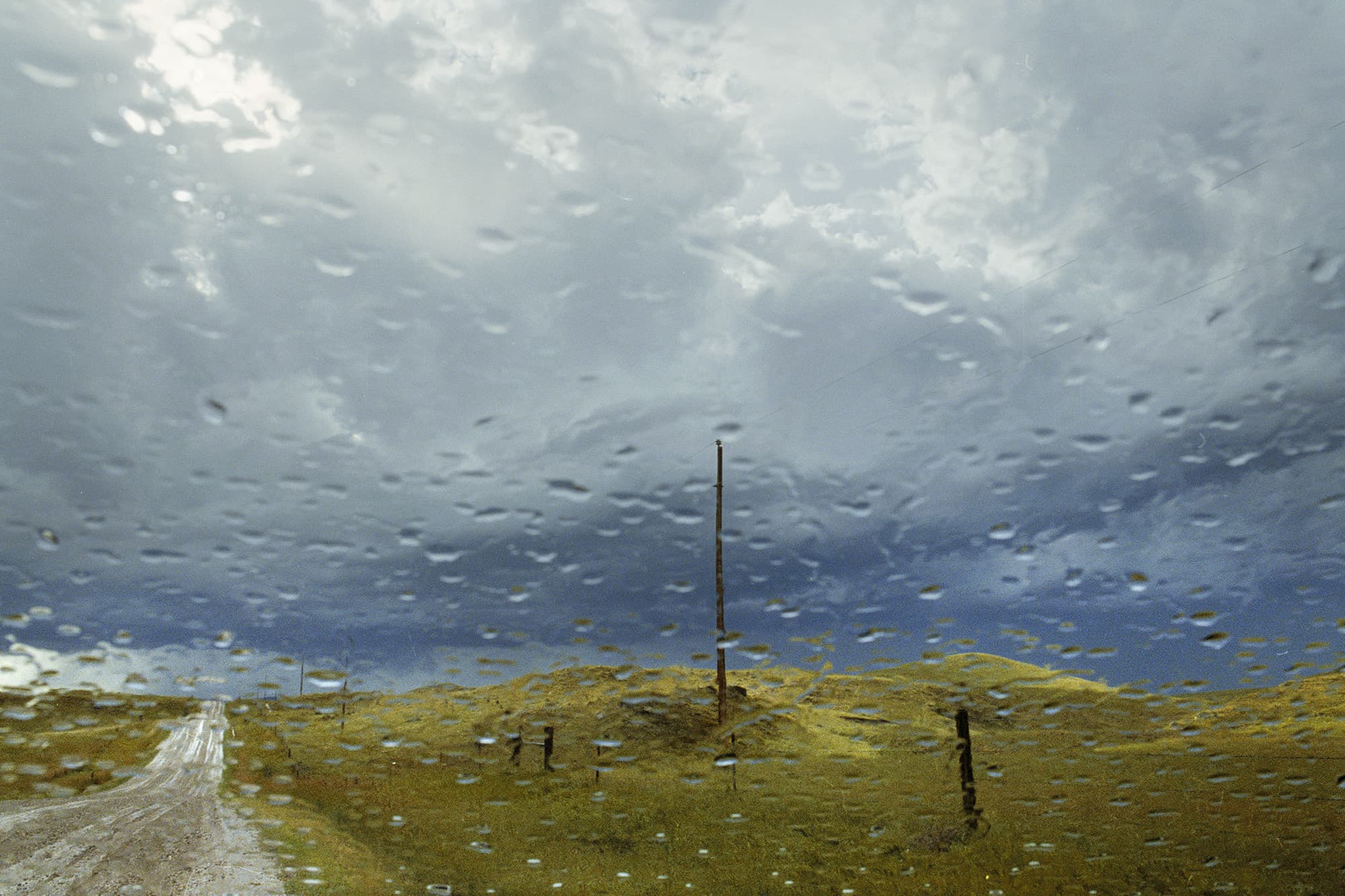
Landscape Stories: How would you describe your photographic voice/language and way of working/creative process? How do you develop your projects?
Rebecca Norris Webb: Originally a poet and a daydreamer, I’m attracted to images that are mysterious, emotionally evocative, and sometimes dreamlike or surreal. Following these images wherever they lead me, they sometimes seem to be dispatches from the interior of the self, particularly during difficult and confusing times. They know before I do.
Working intuitively, I tend to wade into a project, slowly searching for those metaphors that will guide my work. With my images—both in my photographs and in my writing—I’m often exploring the imaginative borderland between the natural world and one’s interior landscape. For better or for worse, I tend to do my strongest work when I’m emotionally uncomfortable.
Landscape Stories: You are a photographer and a poet. The text plays an important role in your monographs. How has each influenced the other? How do you develop your projects?
Rebecca Norris Webb: Because I interweave words and photographs in my projects, I consider myself first and foremost a bookmaker. I prefer to work in this longer form, and often spend six or seven years on a project. Each book is different—where it starts, how it meanders, where and how it ends. The shape of the book arises organically from the process of photographing and writing. That said, I find poetic forms often inform my books—such as the villanelles that inspired my second monograph, "My Dakota”.
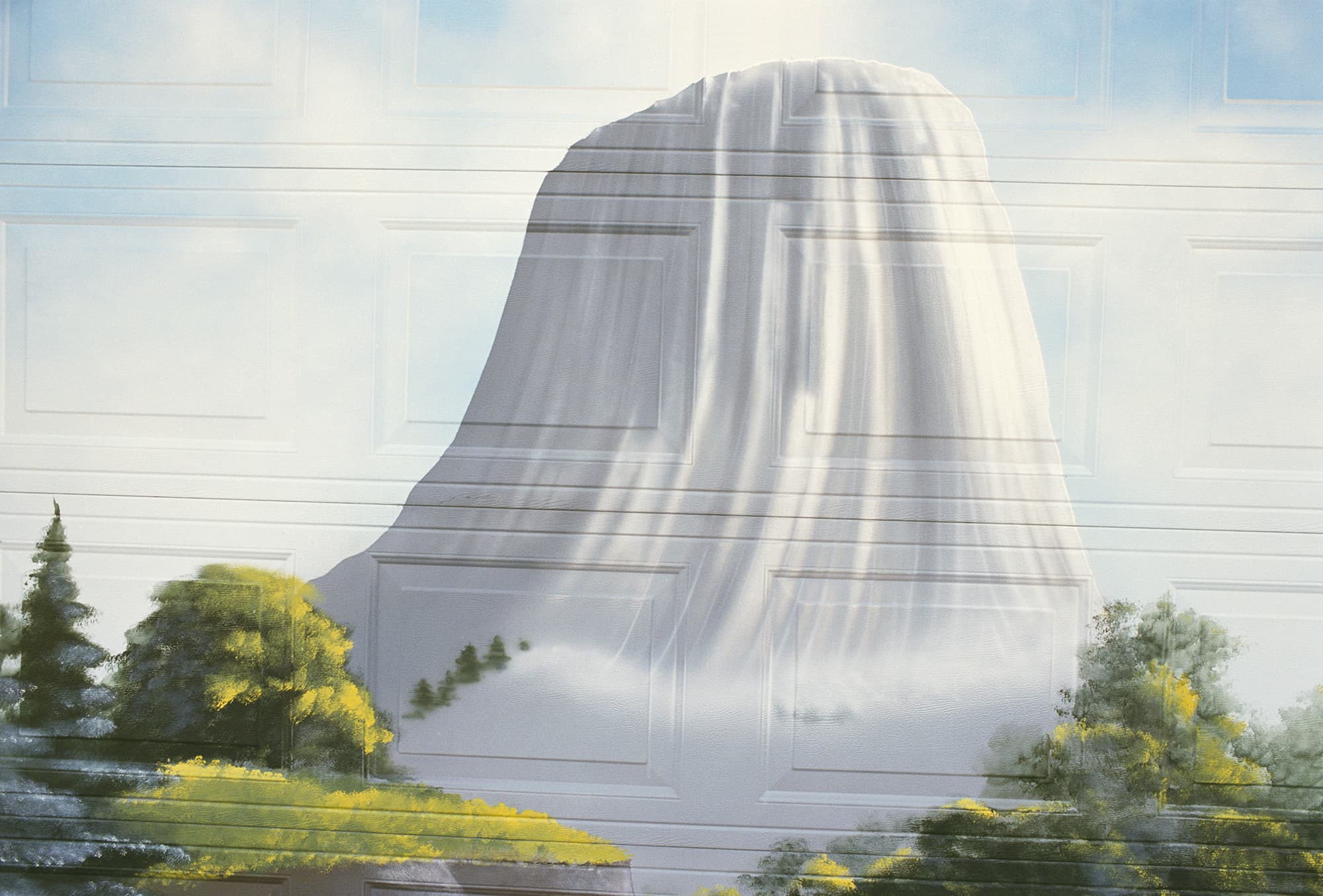
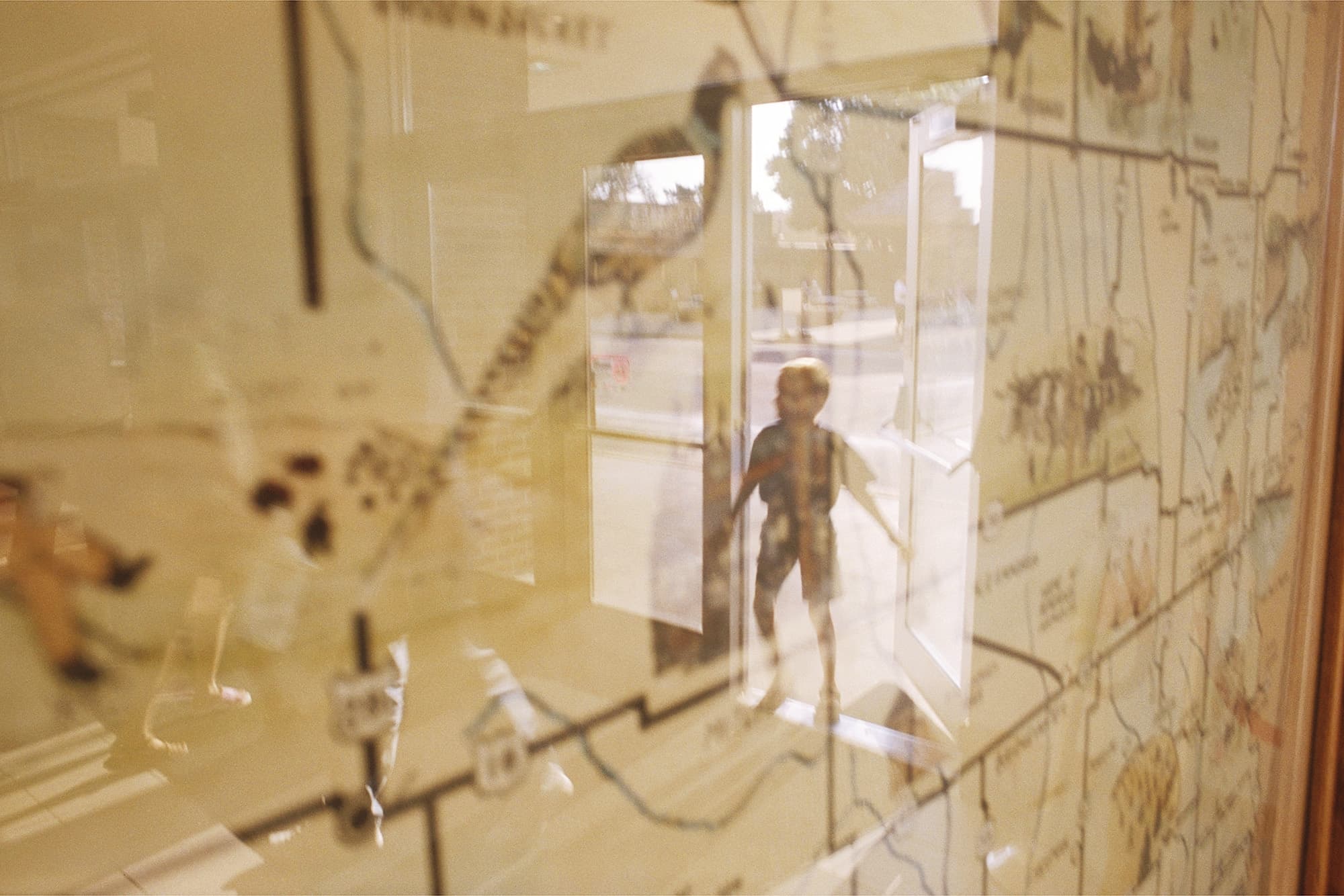

Landscape Stories: “For months,” you write in the afterword to “My Dakota” (RADIUS BOOKS, 2012), “one of the few things that eased my unsettled heart was the landscape of South Dakota. . . I began to wonder—does loss have its own geography?” Why did you choose to make this book, and what did you hope to accomplish with it?
Rebecca Norris Webb: After my brother, Dave, died unexpectedly, it seemed the only place I could breathe was the Great Plains. Relying on my temperamental old Saab, I’d drive aimlessly across South Dakota, often without stopping for hours. Although I suspected that I was working on some sort of elegy for my brother, I didn’t have a clue how to do this. Frustrated and distraught, I came across the image that helped me navigate this confusing time. That first autumn after Dave died, I saw a flock of blackbirds—thousands of them— flying through the stormy sky as if they were one undulating creature, picking clean the remains of the fields. It didn’t matter how quickly I raised the camera to my eye. Inevitably, the dark flock vanished as quickly as it had appeared.
For that entire week, I dreamed about those blackbirds. Finally, one afternoon near Gray Goose, South Dakota, I saw the flock hovering above a sunflower field. Rushing into the field, something happened that I wasn’t expecting—the flock lingered. Were there more seeds than usual to feed on? Were the towering sunflowers hiding me from the skittish birds? Slowly and quietly, I inched closer, until I was standing behind one of the tallest sunflowers. Beneath its bowed head, I clicked the shutter again and again, until the dark flock vanished into the blustery November sky.
Looking back at “My Dakota”, I realize that I was photographing this difficult time in my life to try to absorb it, to crystallize it, and, ultimately, to let it go. Not only did my first grief change me, but making “My Dakota” changed me as well, both as a human being and as an artist.
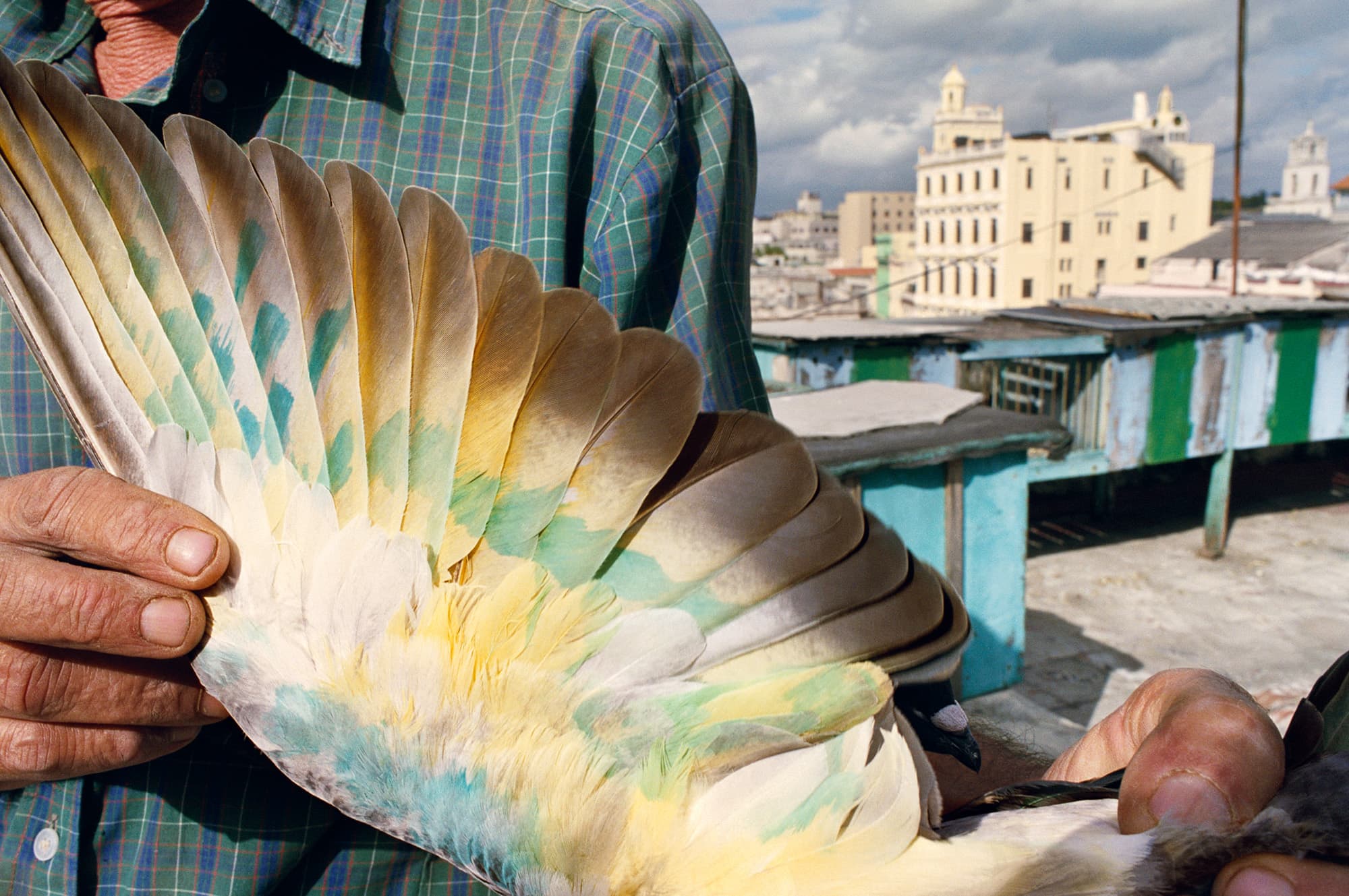
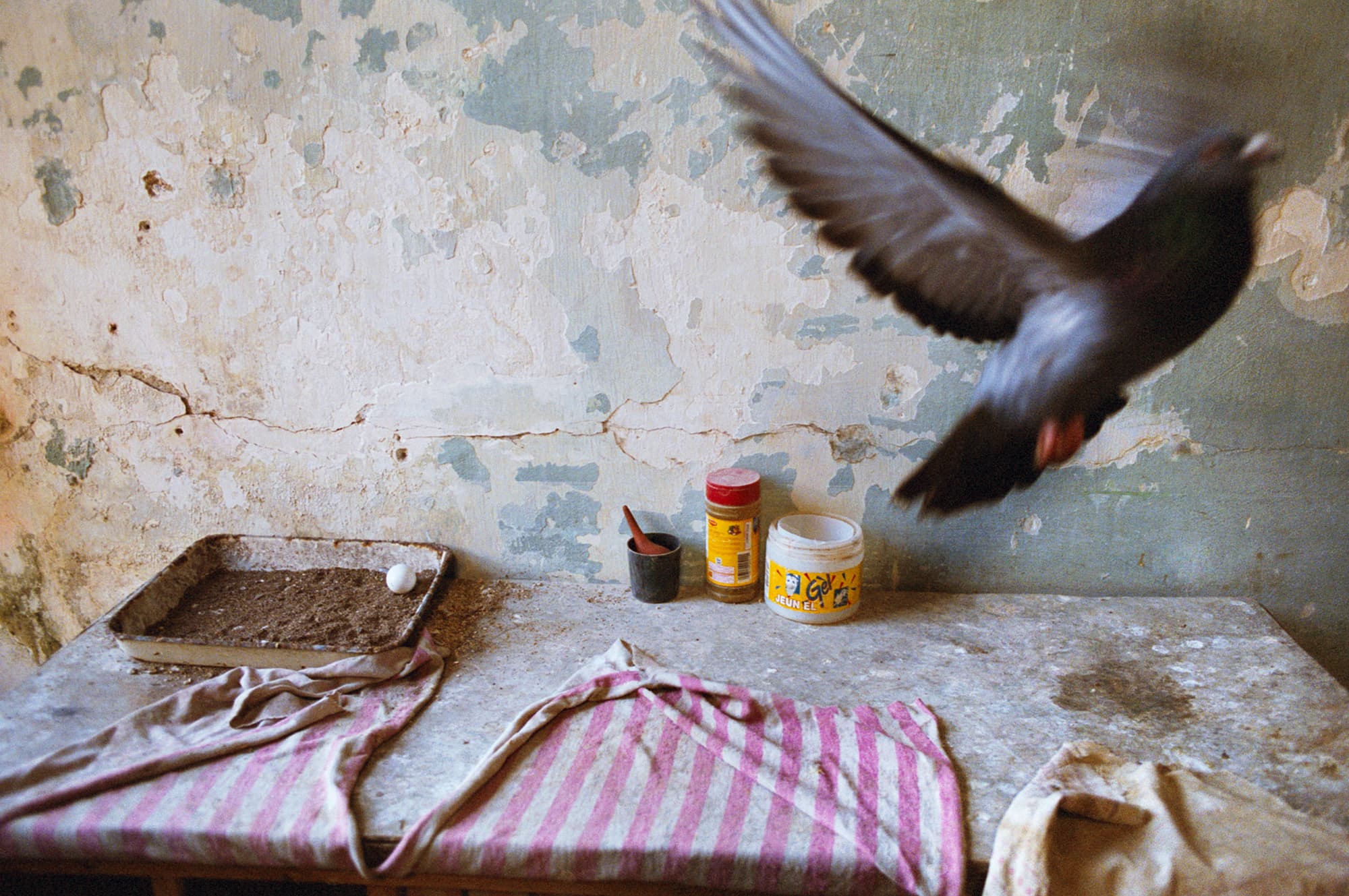
Landscape Stories: How did the project “Violet Isle: A Duet of Photographs from Cuba” (With Alex Webb, Radius Books, 2009) evolve over time? Hope, life, society, flora and fauna… why did you decide to document these aspects of Cuba?
Rebecca Norris Webb: I’d traveled to Havana four times while working on my first monograph, “The Glass Between Us”, in which I explored the complicated relationship between people and animals in some 25 cities around the world. In Havana, however, I saw something unique—the prevalence of personal menageries. Strikingly, birds were the most common creatures in these collections. I loved the questions this raised: of all the creatures, why are birds the most popular animal in Cuban menageries? Does this hint at some kind of longing for flight in a country where few people are allowed to travel? Over the years, I’ve learned that the more questions a particular image evokes, the richer the metaphor will ultimately be.
I had tentatively called my project, “Three Rooms,” because I met a lovely man in Havana who raises cockatiels and lovebirds and parrots. “I have three rooms in my house,” he told me, “two are for my birds, and one is for my wife and me.” During this same time, Alex was photographing the streets of Cuba working on a project called “Esperando,” which in Spanish means both hoping and waiting—a title expressing the palpable feel of the island in those last days of Fidel Castro. During our 10th and penultimate trip to Cuba, we somehow came up with the notion of bringing our work together. Called “Violet Isle”, we realized that our first collaborative book created a more multi-layered portrait of Cuba than either of our work individually.
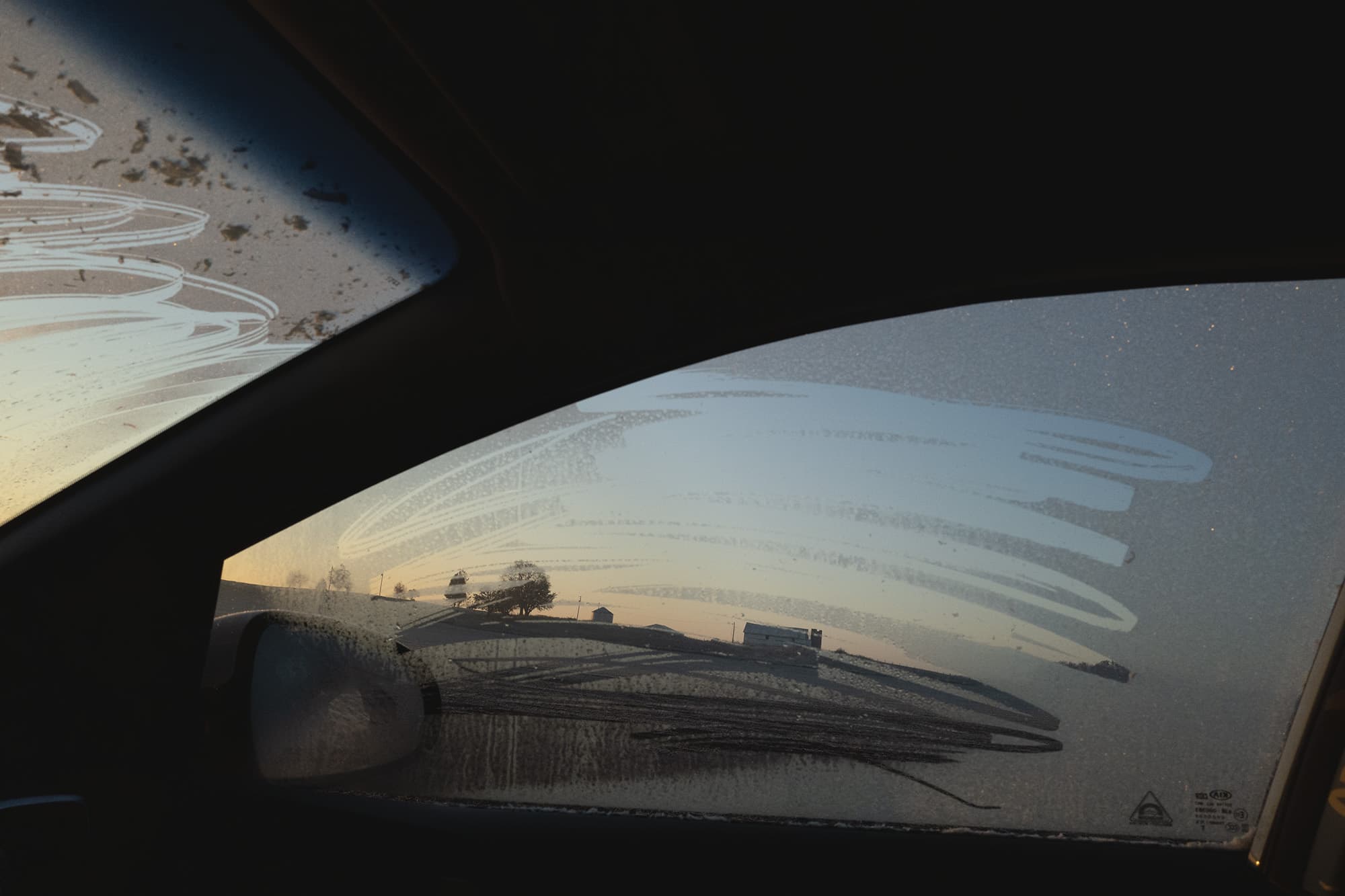

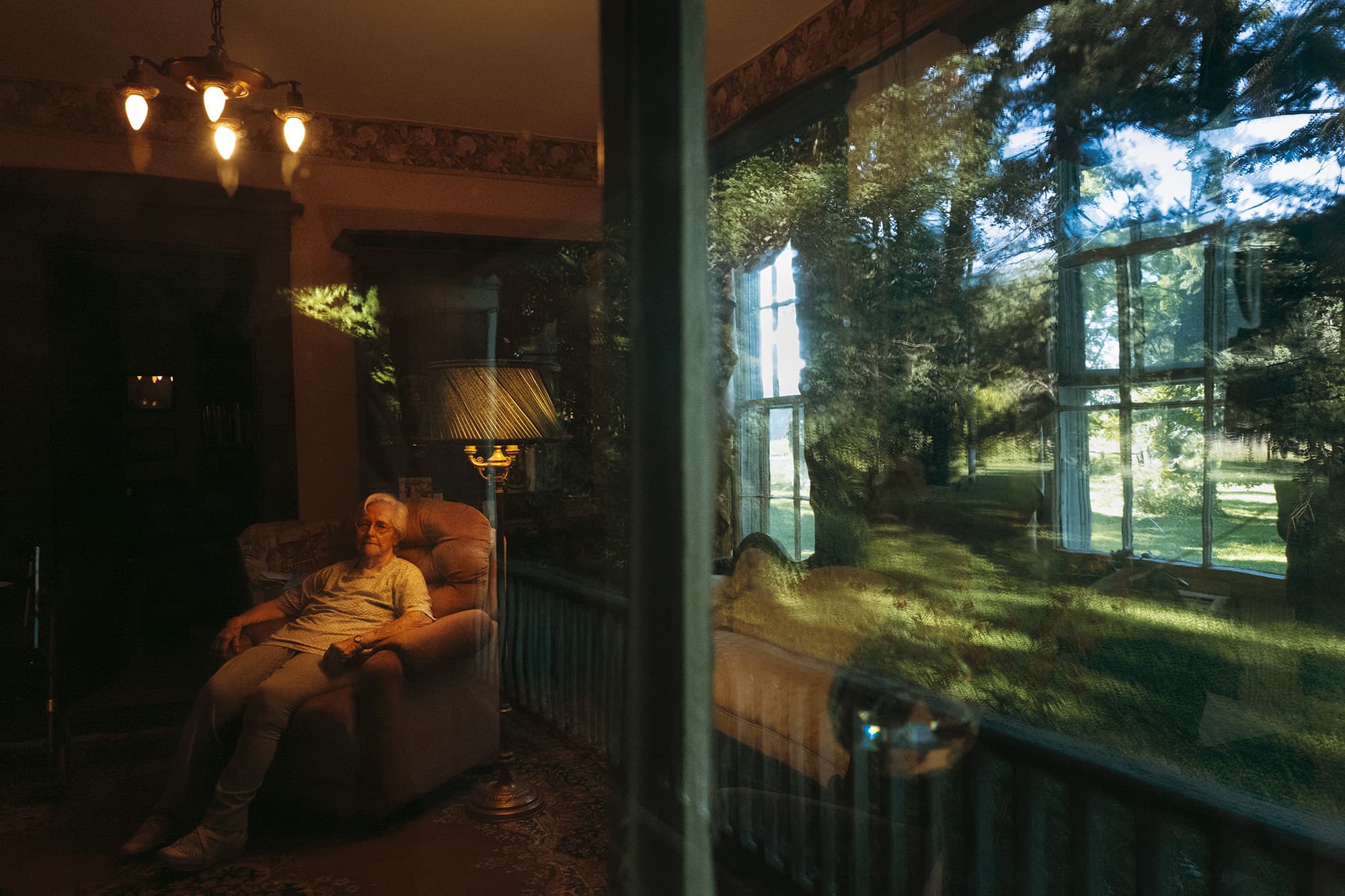
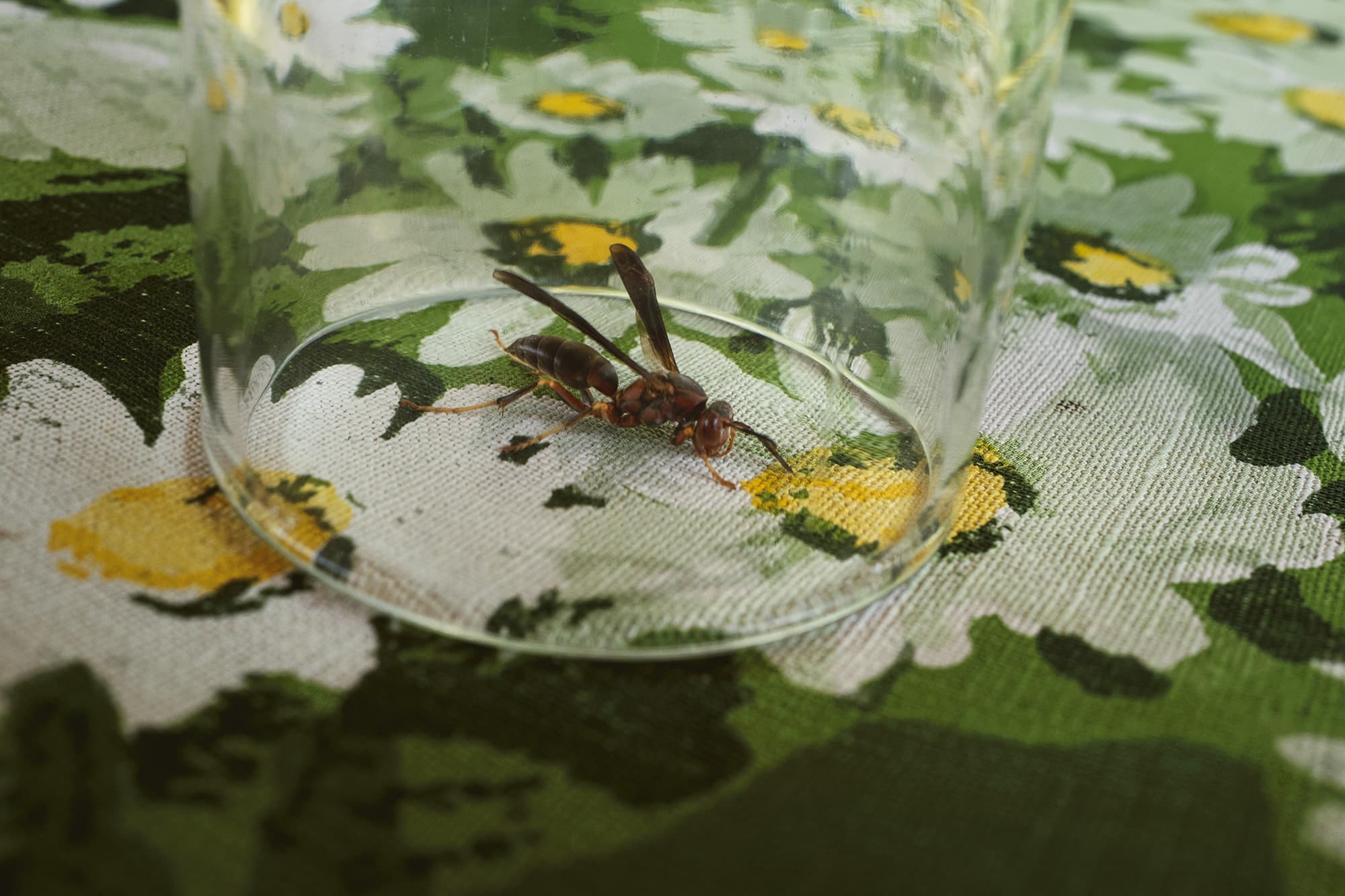
Landscape Stories: Referring to your new book “Night Calls”, published by RADIUS BOOKS, could you tell us something more about the creation of the book?
Rebecca Norris Webb: For six years, I retraced the routes of my now 100-year-old doctor father’s house calls through the same rural Indiana county where we both were born. After my third trip to Rush County, however, the project broke open emotionally and creatively for me. Echoing his doctor work rhythms, I began photographing largely at night and in the early morning, when many of us enter the world—he delivered some thousand babies—and when many of us leave it.
Besides making collaborative portraits with some of the farmers and small-town residents he served, I began and ended each trip to Rush County by photographing a sycamore tree. Often, I worked along Big Blue River, near the farmhouse where Dad grew up. Only slowly did it dawn on me that the sycamore’s mottled bark reminded me of his freckled skin. In making the book, I punctuated the sequence with four of these sycamores. These riparian trees serve as landmarks along “Night Calls”’ meandering temporal structure—from present to near past to distant past—in this extended meditation about memory and one’s first landscape, fathers and daughters, and the history that divides us as much as heals us.
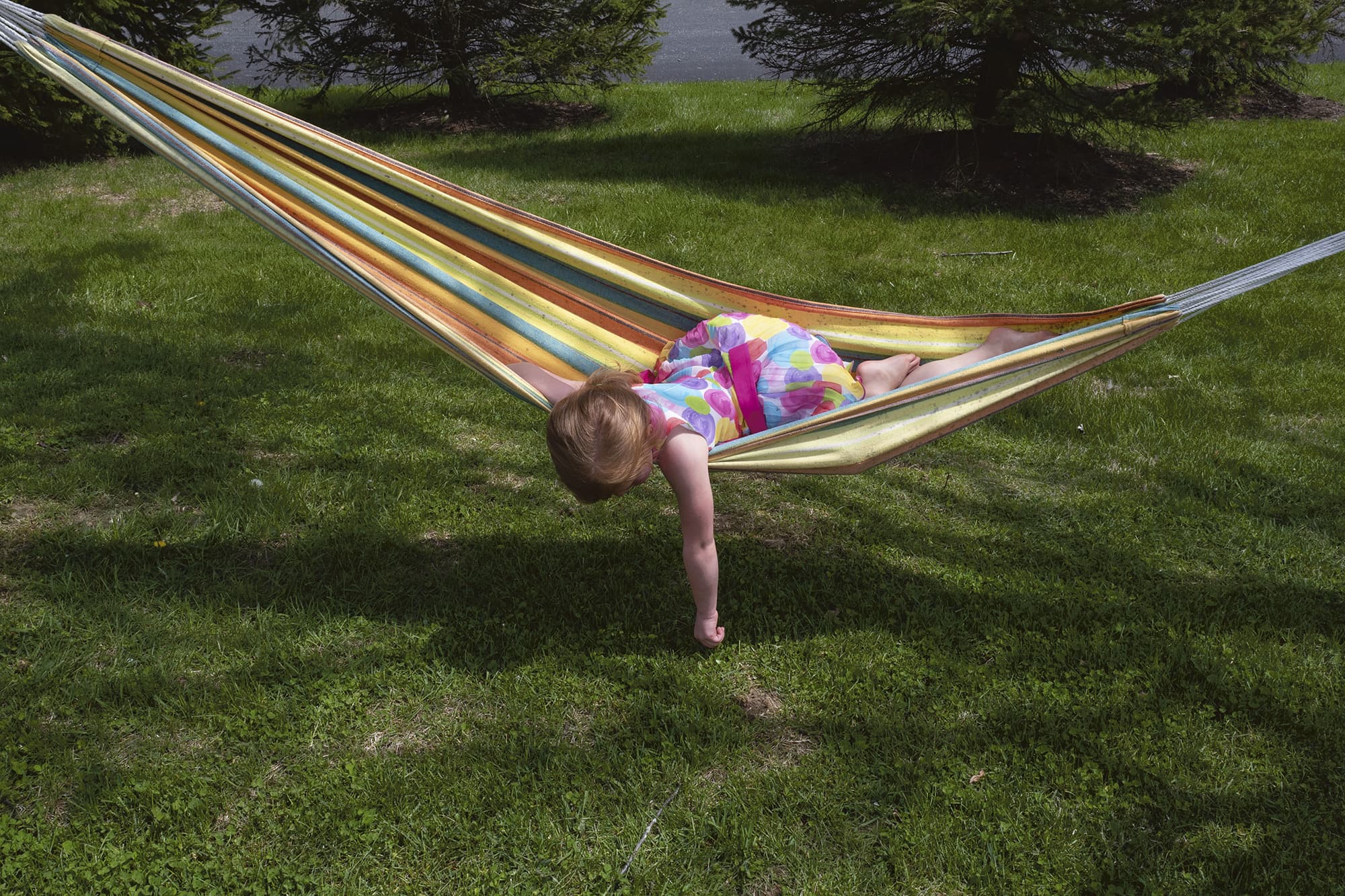
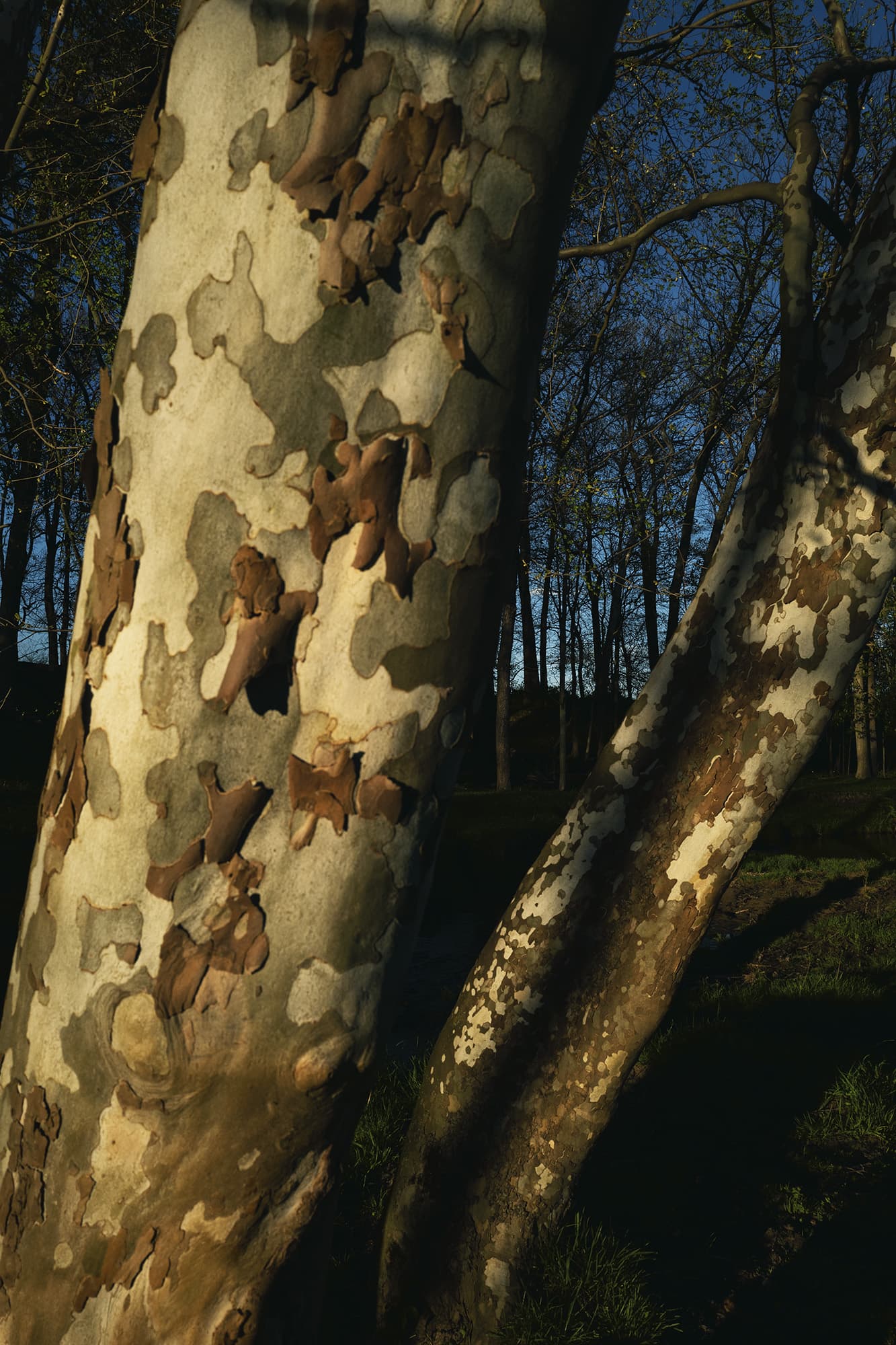
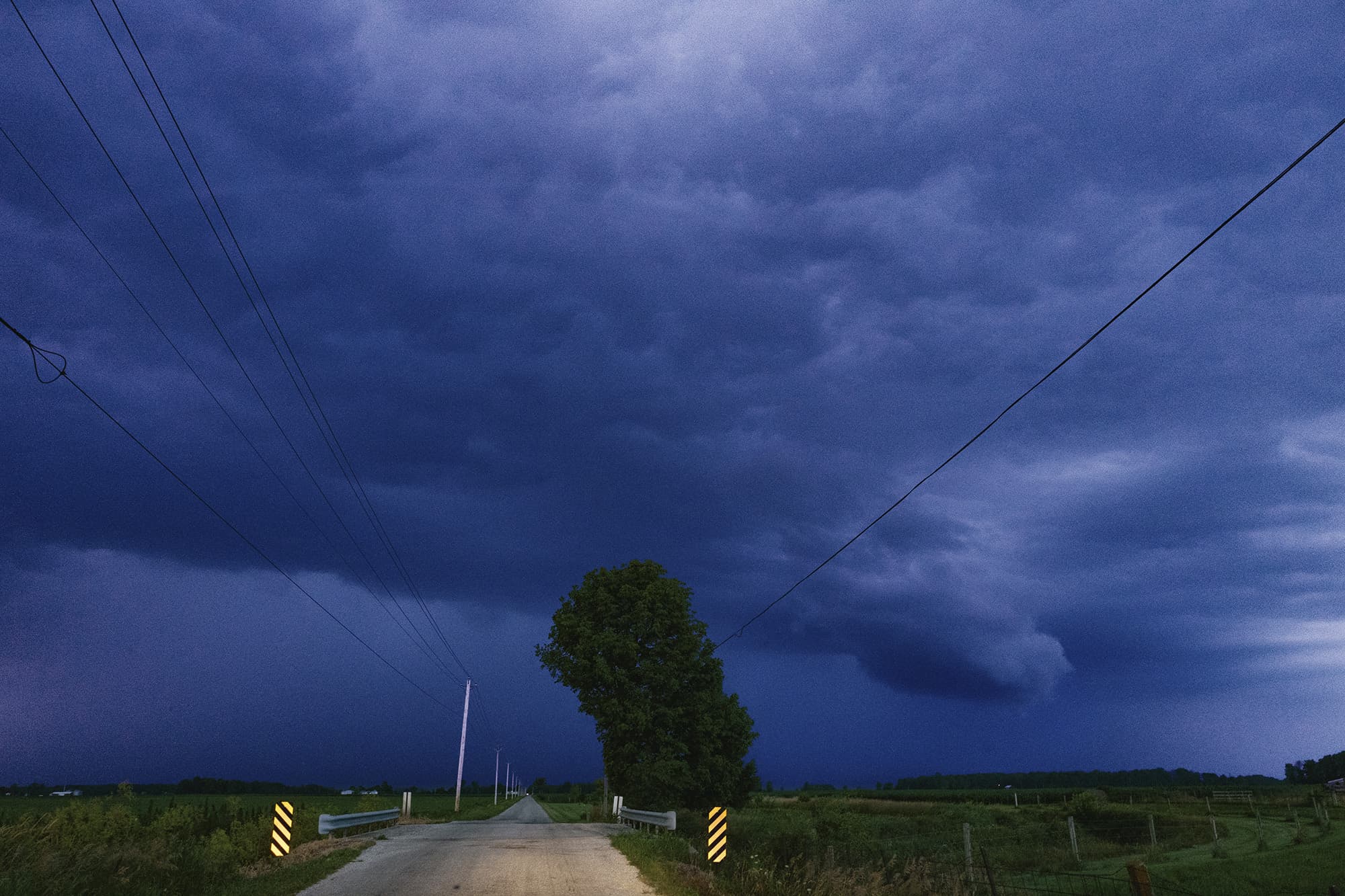
Landscape Stories: Which photobooks do you feel close to or influential in relation to “Night Calls”? Which books (not only of photography) that you recommend in relation to “Night Calls?”
Rebecca Norris Webb: One of my inspirations was “A Fortunate Man”, about a UK country doctor. The book interweaves John Berger’s insightful words with Jean Mohr’s lyrical, black-and-white photographs. In fact, “Night Calls” begins with this Berger quote from “A Fortunate Man”: “Landscapes can be deceptive. Sometimes a landscape seems to be less a setting for the life of its inhabitants than a curtain behind which their struggles, achievements, and accidents take place.”
While working on “Night Calls”, I often reread Tomas Tranströmer’s “Baltics”. I was inspired by the Swedish poet’s notion of walking with one’s family ghosts, something I was feeling while walking along Blue River Road, where my father had walked as a boy in the 1920’s, and where four generations of our Quaker family had walked in the 1800’s. I was also looking at the doctor poets, including John Keats and William Carlos Williams, the latter who sometimes wrote lines of poetry on his physician’s prescription pads.
In addition, I found myself returning to Emily Dickinson, whose poetry I’d first memorized as a child in Rush County. Because her poetry and letters were very much on my mind while working on “Night Calls”, I titled four of my photographs after Dickinson’s lines.
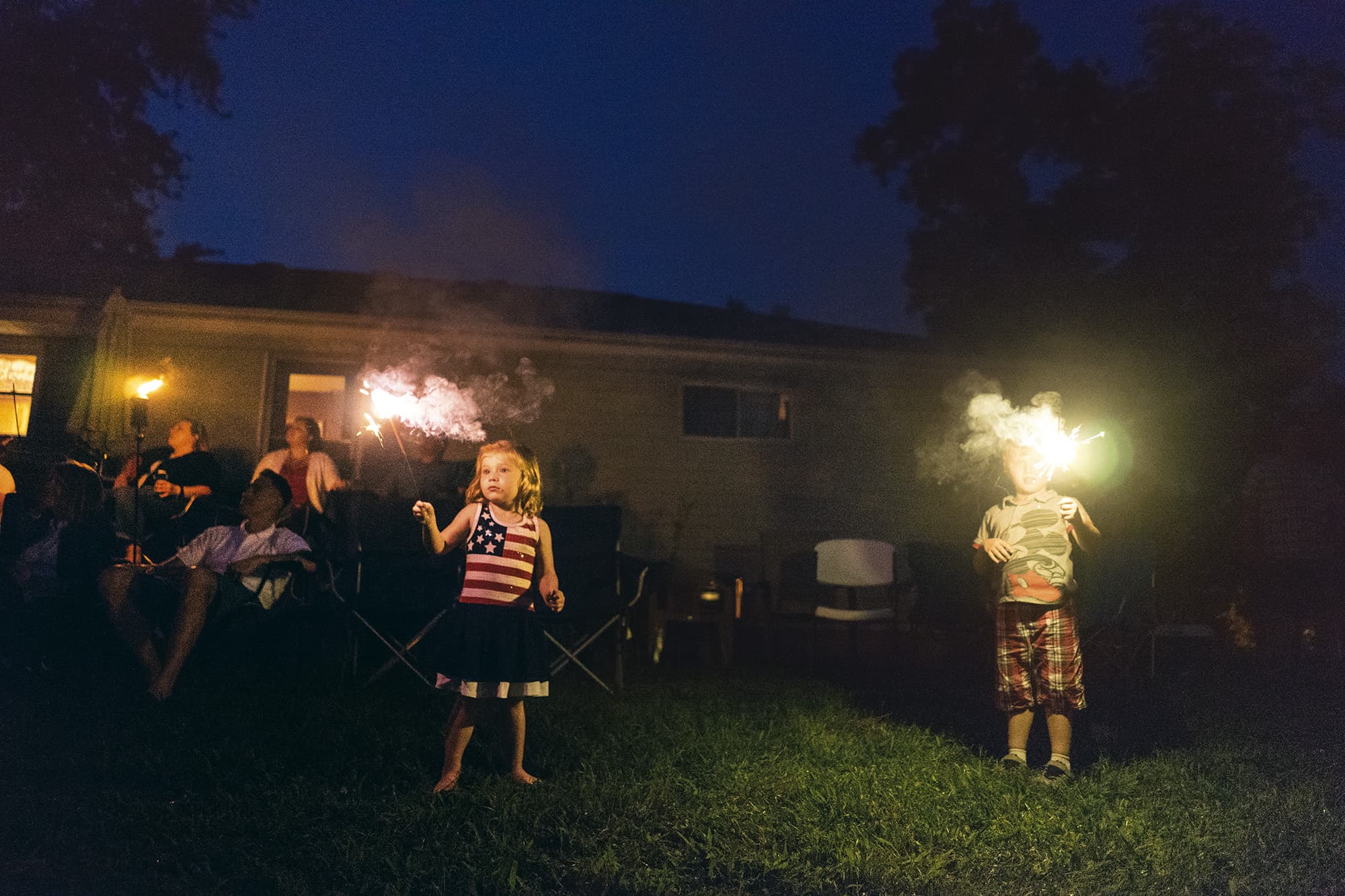
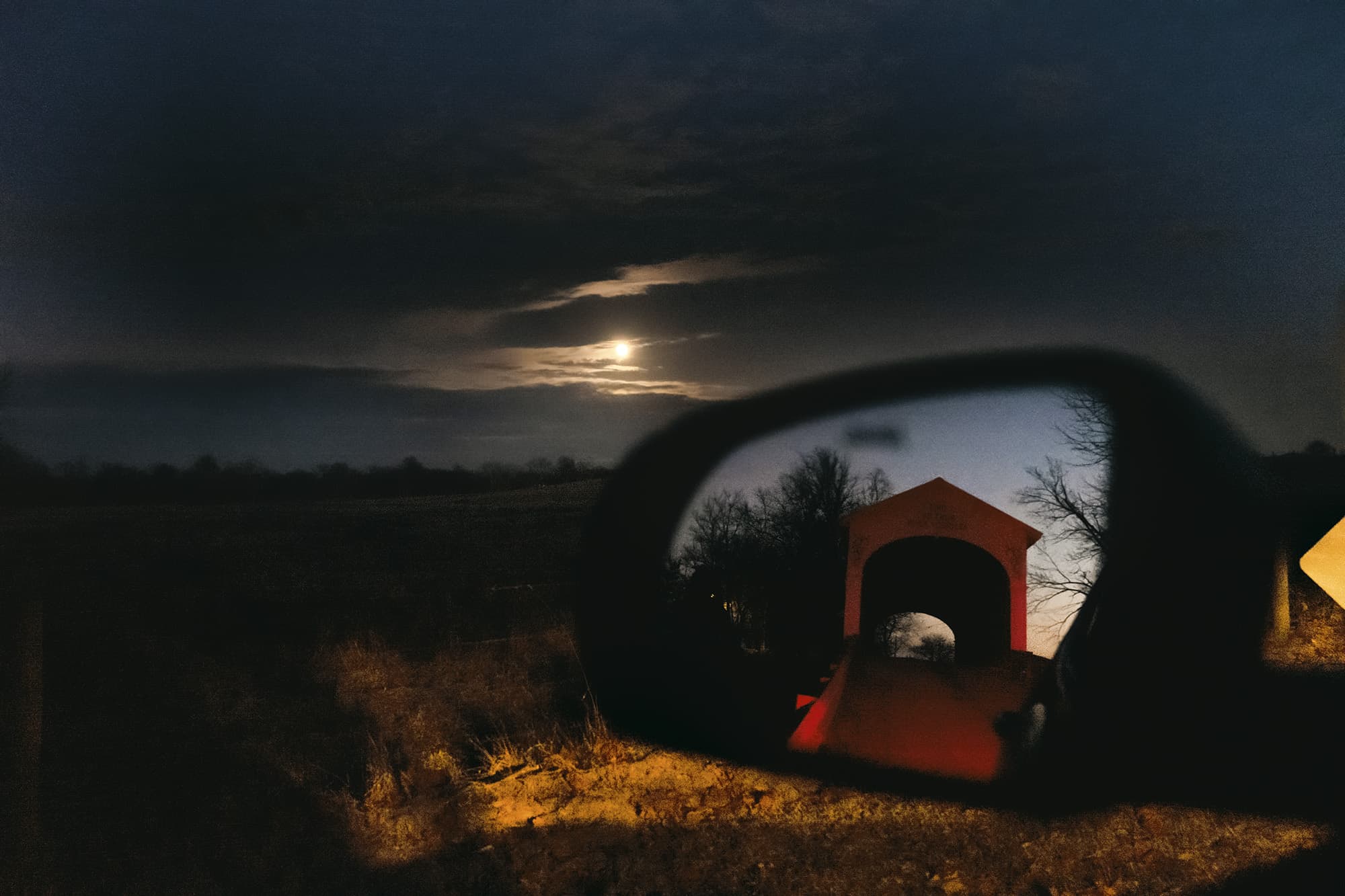
Landscape Stories: What’s your plans for the near future? What’s in store for you in 2021, photographically or otherwise?
Rebecca Norris Webb: Largely sequestered on Cape Cod these past eleven months with my husband and creative partner, the photographer Alex Webb, we’ve been working on what will eventually become our sixth collaborative book, “Waves”, which Radius Books plans to release in early 2022. It’s a pandemic logbook in words and images on Cape Cod during the ongoing waves of the coronavirus. We’re grateful to have this project to help keep us emotionally afloat during this unsettling time.
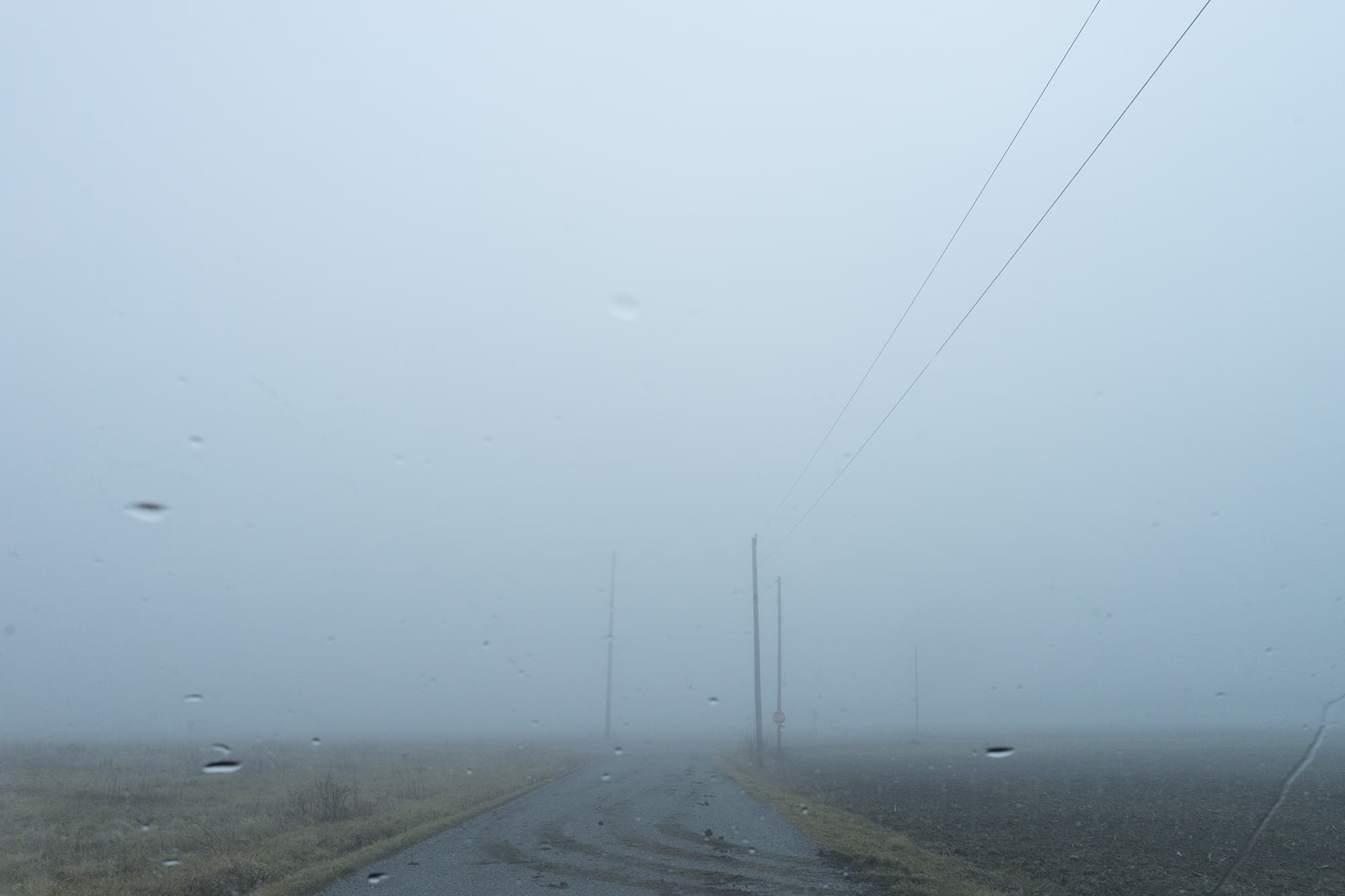
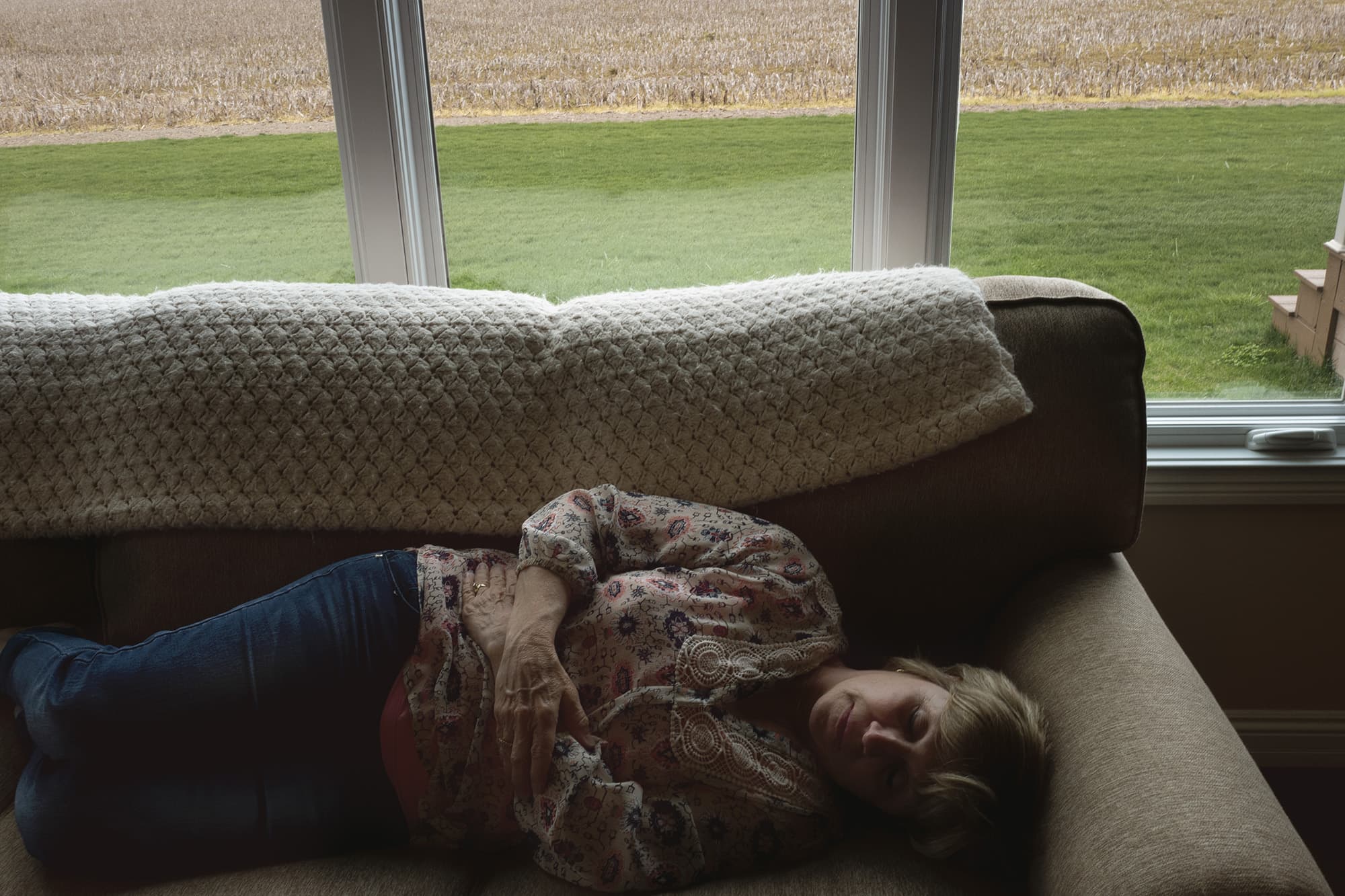
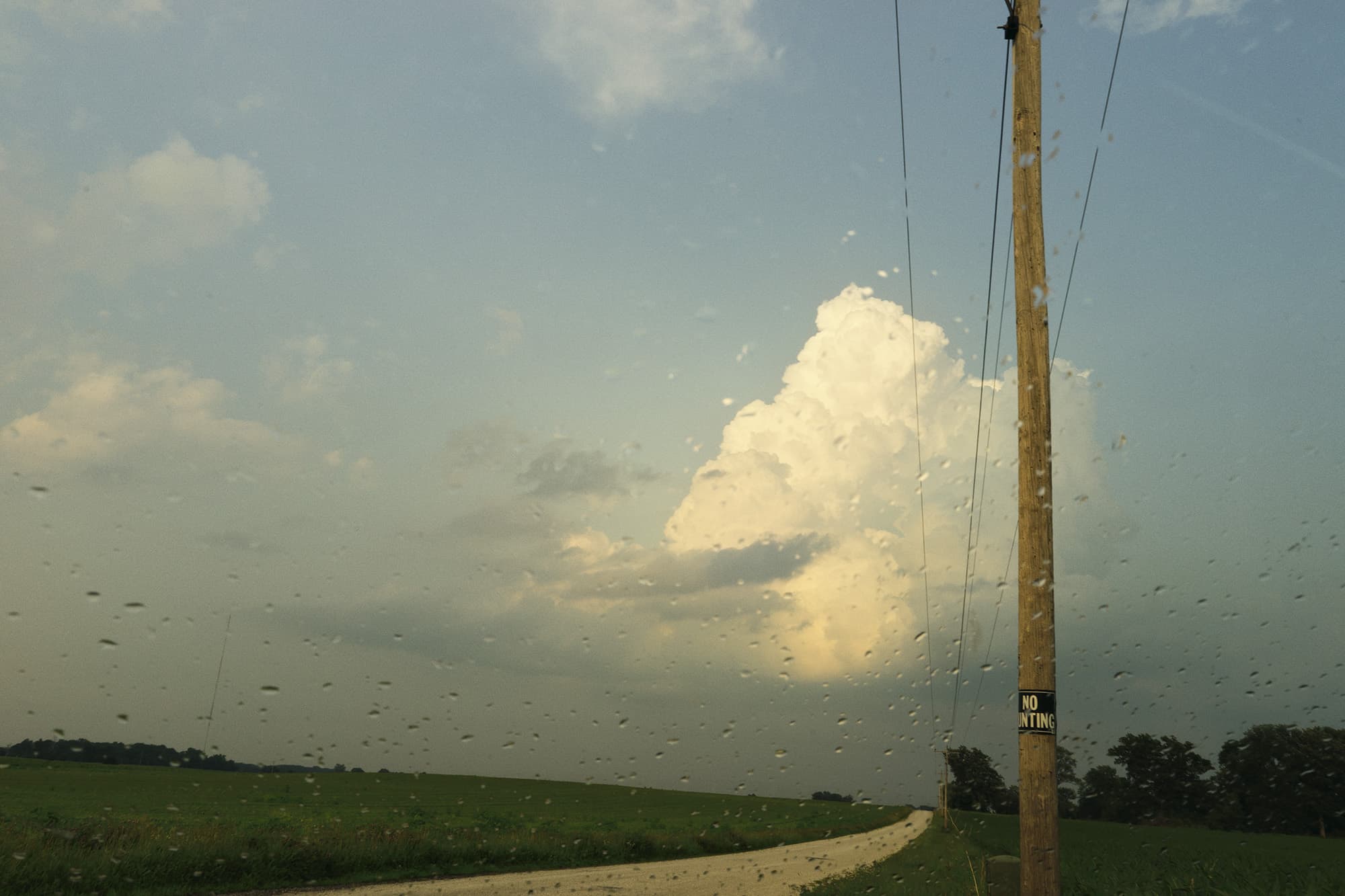
Interview curated by Gianpaolo Arena
